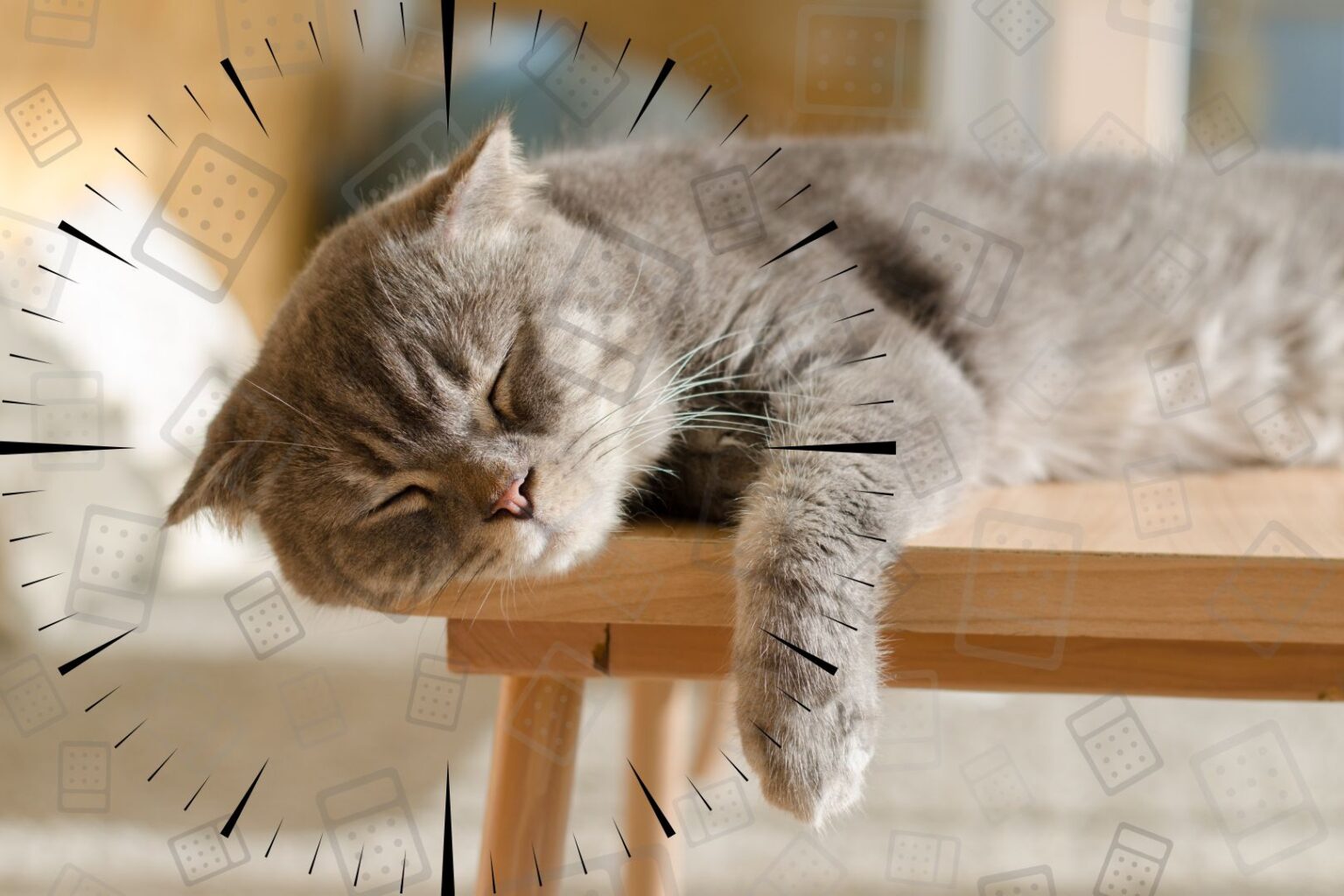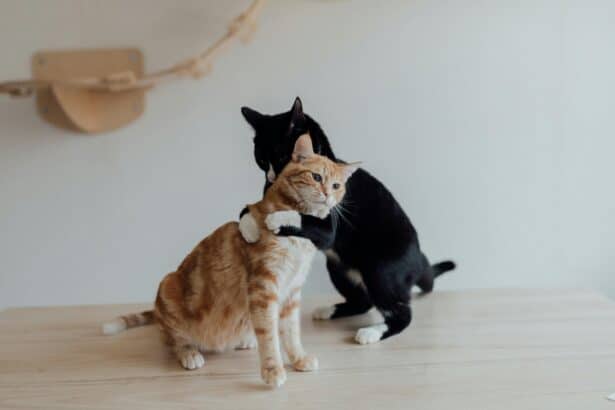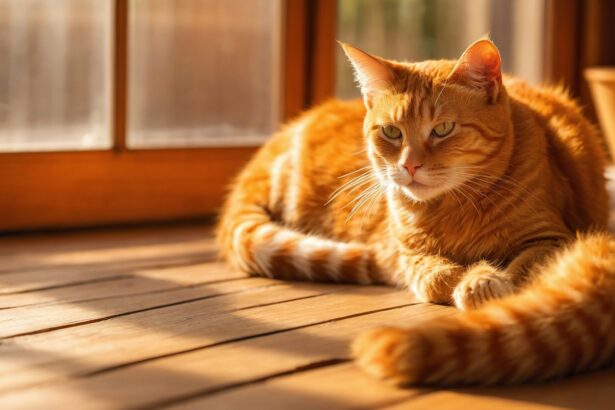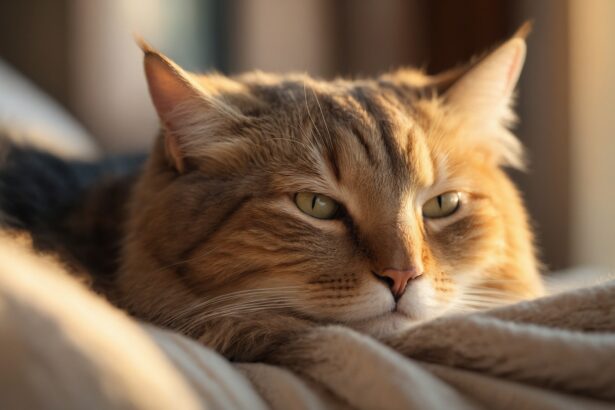Cats aren’t just pets, they’re our whiskered roommates who age in their very own way. Knowing your cat’s real age helps you feed her right, spot health changes early and understand her cuddly (or sassy) phases. Curious how fast your mini panther is growing compared to us? Let’s make sense of it together—without the outdated myths.
If you’re wondering how age affects health and lifespan overall, this goes hand in hand with understanding cat life expectancy and the milestones that shape their journey.
Cat years to human years: the simple rule that actually works
Forget the “1 cat year = 7 human years” shortcut. Cats mature fast at first, then slow down. A handy rule of thumb used by many vets goes like this:
- End of year 1: roughly 15 human years
- End of year 2: roughly 24 human years
- Each year after: add about 4 human years
Why this matters more than a perfect number? It tells you the life stage your cat’s in—kitten, adult, senior—so you can choose the right food, play, and vet checks without guessing.
Common mistake to avoid: Switching to a senior diet just because your cat turned seven. Some cats stay fit and need adult formulas longer. Ask your vet to assess body condition, muscle mass and activity level before changing food.
Want to go deeper into the whole “human age” conversion? Here’s a helpful companion read on understanding your cat’s age in human years with stage-by-stage insights.
How to estimate age from physical signs
Found a rescue sweetheart with no birth date? A quick head-to-tail look gives solid clues. Here’s what to check:
Teeth and gums
- Baby teeth appear by 2–4 weeks, permanent teeth by about 4–6 months.
- By 1–2 years, teeth are white with little tartar; by 3–5 years, tartar and wear are more visible.
- Older cats often have gum recession, heavier tartar and possible missing teeth.
Tip: Take a close, well-lit photo of your cat’s teeth monthly. Comparing pictures makes subtle changes (like tartar buildup) easy to spot over time.
Eyes and vision
- Bright, super clear eyes are typical in younger adults.
- A soft, cloudy hue (lenticular sclerosis) can appear in seniors yet often doesn’t affect vision much.
- Tear staining or pigment changes may increase with age.
Coat, nails and body shape
- Coat texture may get coarser or patchy with age; white or silver hairs can sprinkle in.
- Nails grow faster and thicken in seniors—regular trims prevent snags and splits.
- Muscle mass shifts from hindquarters first; a bony spine or hips can signal senior status.
Prefer a step-by-step method? Here’s a practical guide to calculate your cat’s age using the signs above, plus handy checklists.
Life stages: what changes (and how to care)
Kitten and junior (0–2 years)
- Energy to spare, curiosity on high alert and growth in full swing.
- They need calorie-dense, kitten-specific food and short, frequent play sessions.
- Training now—scratching post love, gentle handling—pays off for life.
Prime and mature (3–10 years)
- Behaviors settle; routines bring comfort. Watch weight and keep muscles working.
- Balanced adult food, puzzle feeders and daily play help prevent boredom and extra pounds.
- Dental checks matter—tartar can creep up silently.
Senior and super senior (11+ years)
- Subtle changes: jumping less, longer naps, sometimes a picky appetite.
- Consider joint support, easier-to-chew textures and more frequent but smaller meals.
- Twice-yearly vet checkups catch kidney, thyroid or dental issues early.
Surprising fact: Many cats are considered “senior” at around 11 years, yet with tailored care, plenty happily nap and play well into their late teens.
Curious how age influences overall lifespan? This explainer on how long cats live puts the big picture in perspective.
Everyday care, tailored to age
Feeding smart
- Kittens: nutrient-rich kitten formulas support bones, brain and immune system.
- Adults: maintain lean muscle with high-quality protein; measure portions, don’t eyeball.
- Seniors: ask your vet about renal-friendly options, joint support and easy-to-digest recipes.
Practical trick: Create a “birthday binder” (or phone note) for your cat: age in human years, weight, preferred foods, vet notes, vaccination dates and meds. It makes vet visits quick and helps you notice patterns early.
Play and comfort
- Short, daily play beats rare marathons—laser pointers, wand toys, treat puzzles.
- Add ramps or a step stool to favorite spots for older joints.
- Keep nails tidy; older cats may not wear them down naturally.
Health checks
- Annual vet visit for healthy adults; twice a year for seniors or if you notice changes.
- Watch litter box habits, thirst and weight; shifts can signal medical issues.
- Dental care counts at every age—brushing, dental treats or vet cleanings.
Why knowing age really matters
When you understand where your cat is in her life journey, you can anticipate needs rather than react late. That means the right bowl, the right play, the right test at the right time—so she stays comfortable, curious and wonderfully herself. Because the best years? They’re the ones you share, whisker to cheek.
FAQ
How do I calculate my cat’s age in human years?
Use this guide: about 15 human years at 1, 24 at 2, then add roughly 4 per year. It’s an estimate, but it helps you tailor care to the right life stage.
How can a vet tell my cat’s age?
They examine teeth, gums, eyes, coat, nails and muscle condition. Medical history, weight trends and lab tests can refine the estimate for adult and senior cats.
When is a cat considered senior?
Many cats are considered senior around 11 years. From then on, twice-yearly checkups and age-friendly tweaks (diet, ramps, warm beds) make a big difference.
Does indoor vs. outdoor life change aging?
Often, yes. Indoor cats typically live longer thanks to safer environments and consistent care. Routine vet visits and a healthy weight are key for both.








